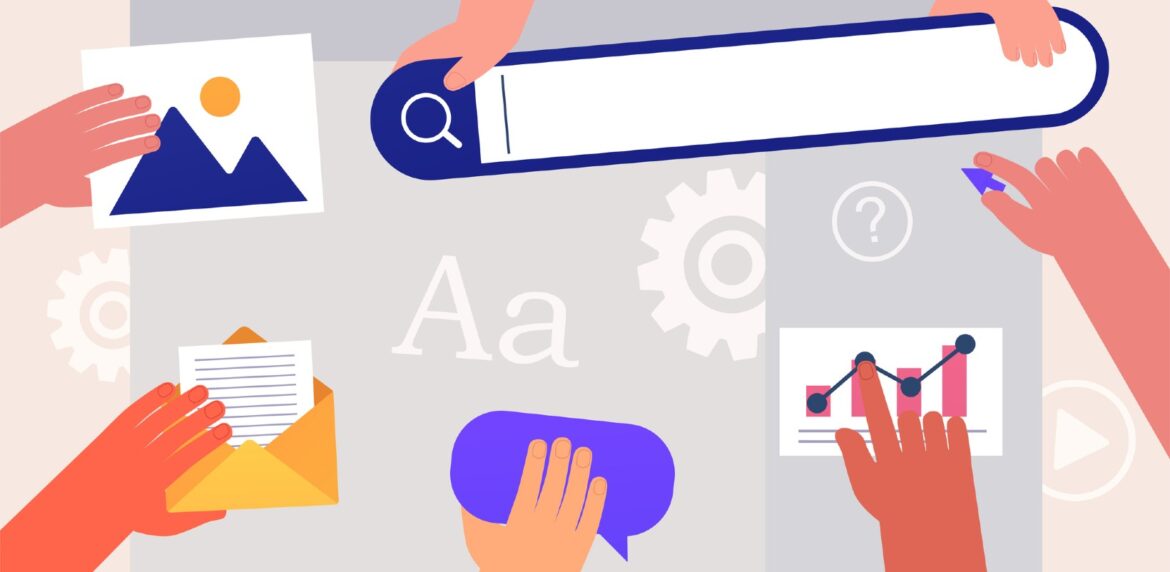
How much thought have you put into how your nonprofit website operates? If you really haven’t given it much thought, you should. Some nonprofits should consider that a portion of their differently-abled users may have issues navigating your site. It is essential to have intuitive navigation for your site that addresses the needs of all your peeps!
Want support with creating a more accessible website? Reach out to us today.
LET'S CHATClean menu designs without unnecessary drop-downs or buttons to click make it easy, efficient, and—best-of-all— time-saving for your user. A web design with clean navigation starts with well-designed site architecture. Investing a little time here paves the way for all users to have a positive experience with your website.
1. Don’t get creative. Use a standardized menu.
2. Text links.
Use text links to navigate throughout your site. Screen readers may be challenged by graphic icons or poorly described images. Offer a little assistance.
3. Use navigation landmarks.
When you have a group of the same types of links, like products or different “how to support us” links, be sure to group them together with a header. This keeps a clear hierarchy for your site and makes it easier for screen readers to navigate.
- Getting Your Guide Dog – navigation landmark
- How to apply – text link
- Classes
- Workshops
- Taking your guide dog home
4. Place critical URLs first AND last in your menu.
Here are a couple of great reasons why:
- User experience. Your user does not want to have to search around your site to find the popular areas of your site. Make it easy!
- Website SEO. Your most important pages are your homepage, about page, blog, and contact page. They should be situated for accessibility and conversions. These pages are the pages that receive the most attention and activity.
5. Forget the rabbit hole; follow the breadcrumb path…
Using a breadcrumb menu lets your user know where they are on your site. It’s easier to find the way back to another page if you or the screen reader can visually see the hierarchy of the page.
6. Hey Alexa! Use a voice-activated interface (VAI).
By now, the world is familiar with voice-activated interfaces (VAI) like Alexa, Cortana, and Hey Google. This tech is jumping right into the forefront of web design, and your nonprofit should be no exception. Not only is it quite functional for impaired users, but it’s also downright fun for everyone! Think of people coming to your site and just saying, “I want to make a donation.” It jets them right over to your donations page.
Building the Experience, Brick by Brick
Of course, these are just the tip of the iceberg when creating an inclusive menu structure for your web page. People like to get where they need to go with minimal fuss. This is especially true if you are a nonprofit catering to a diversity of users. Go into the web design process thinking about how you’ll make it inclusive, beautiful, and easy for screen readers and people of all abilities.
Further reading and resources:
